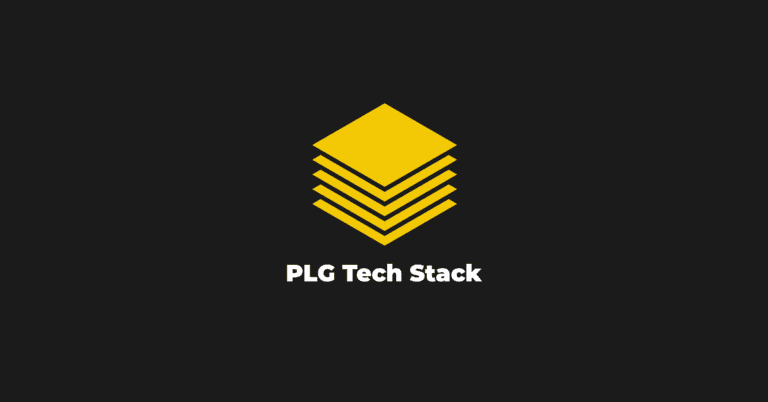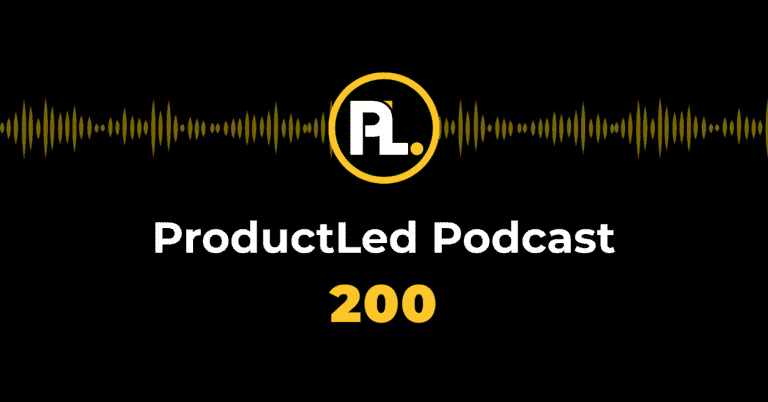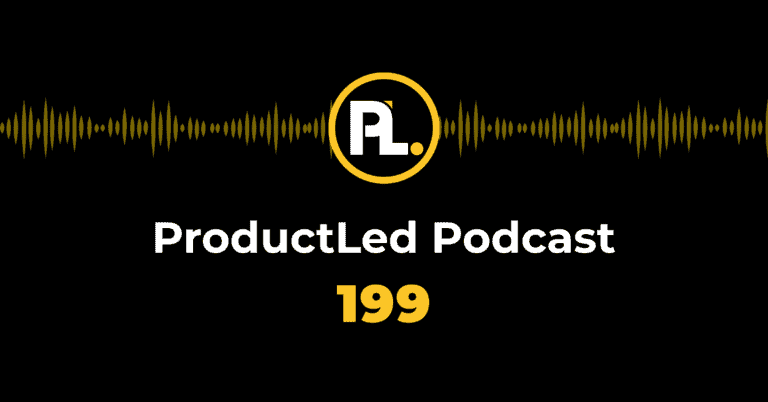Six months ago, I wrote a post on when it might make sense for a startup to take a product-led growth (PLG) approach.
In that article, I failed to consider one main benefit: resilience.
As you might have heard, Israel has been at war with Hamas following the events of October 7th. This post will not be about politics, though.
It will be about how a go-to-market motion saved our startup.
Navigating war and its impact
Like all Israeli startups, we were greatly affected by the war. Luckily, none of our team members had immediate family hurt in the terror attack or actual employees who died (which is the case for far too many startups here). But we did lose 90% of our workforce.
Along with 350,000 other Israelis, my co-founder and CTO, Oz, was immediately called for reserve duty, while I spent the vast majority of my time volunteering with a group of civilians who were trying desperately to locate missing persons (there were over 2,000). The only time I had for work was during coffee breaks and/or after getting home at 10 p.m.
During the first month of the war, tech communities were filled with founders trying to keep their startups alive after losing key team members to the war efforts.
At the same time, we had our best month yet.
The role of resilience in tech
Resilience has been in the tech headlines since COVID-19 hit in 2020, and it seems that founders are giving more and more weight to the growing likelihood that a catastrophe might hit at some point in their 7+ year journey.
It might be a war, a natural disaster, a global plague, or a financial crisis — but at some point, that startup rollercoaster will likely go down that 90° angle and start spiraling toward the earth quickly.
To those unfamiliar with the Israeli tech scene, it’s important to note that about 90% of Israeli startups are sales-led, selling to large enterprises. Most of those teams were badly hurt. Losing 20% or more of your sales team means you lose much of your ability to close deals. Losing customer success means you might lose existing accounts. And selling to risk-averse enterprises means closing deals with missiles exploding during a sales call is nearly impossible.
I remember when Russia first attacked Ukraine. Many tech companies in Israel work with Ukrainian developers and had many discussions on whether or not it was time to transfer their operations to another country.
Regarding business, it doesn’t matter what side of the dispute you’re on — you still have to ensure your developers can deliver as required.
So what made our company different from the other teams who struggled to stay afloat?
One short acronym: PLG.

PLG and its impact on growth
PLG helps with resilience because it makes growth easier. It’s the ultimate flywheel, and once you get it spinning, it doesn’t take much human effort to keep it moving.
Let's break it down.
Marketing
We have two main marketing channels: paid ads and viral loops. While both have to be constantly optimized, having the boss disappear for a month has little to no effect on that month’s results.
Sales
Easy. We do little to no sales. The closest we have is a product consulting session, which is inbound-only and is designed for folks who have tried the product, are ready to close, and have a few last questions. Having already fallen in love with the product, they show a lot of flexibility for our very limited schedule at the moment. Perhaps this is the true meaning of being product-led.
Support
One fascinating fact about PLG is that it eliminates the vast majority of support tickets. Turns out, when you’re used to being taken by the hand, you cry for help a lot more often than when you’re used to walking on your own two feet.
Also, being product-led means we must ensure the platform is built at a much higher standard, as the product must stand for itself.
All of the above does not suggest it’s easy to keep up with our growth. We had to improvise — hire freelance developers to take care of critical bugs, hire consultants to ensure we’re protected against cyber attacks and work well into the night to ensure no email goes unanswered. Hell, I had to personally code in NodeJS, which I haven’t done in years to solve some critical issues.
But growth continued.
Closing thoughts
Every day, I send my war-bound co-founder updates about new customers joining or existing customers upgrading their plans. We had our best month in both revenue and total number of new customers.
As I previously wrote, deciding on a PLG motion is not easy, and it’s definitely not a silver bullet to solve every startup’s problems.
But if you’re an early-stage startup founder and starting that pro/con list of PLG vs. SLG, don’t forget to add another row at the bottom: one day, PLG might save your company.
Hopefully, it won’t be due to a war.









